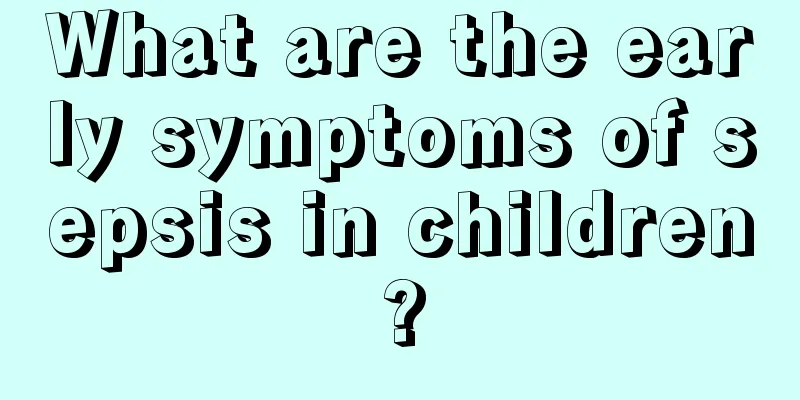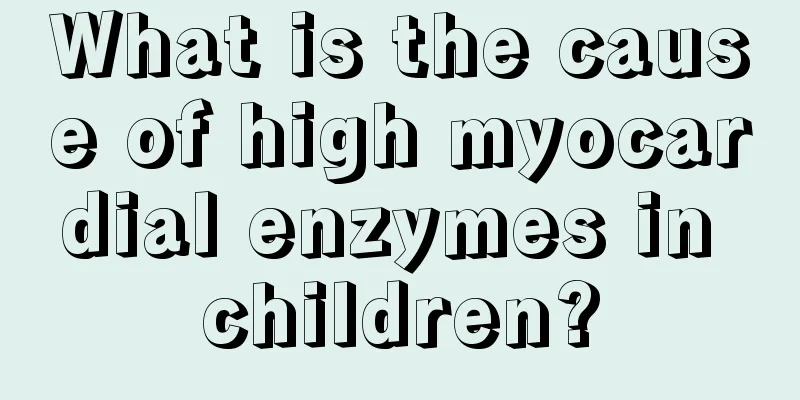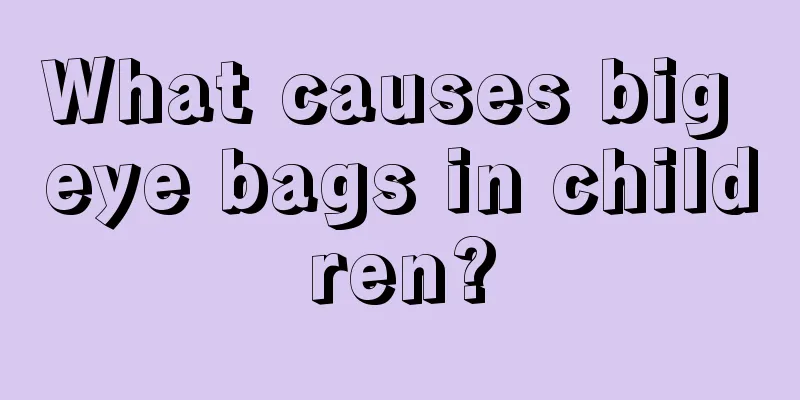What are the symptoms of a small baby fontanelle?

|
It is a very common phenomenon for babies to have a small fontanelle. What symptoms does a small fontanelle in our baby represent? In fact, our baby's fontanelle has a certain range. So if our baby's fontanelle is found to be small, it must be treated. Only in this way can we rest assured to watch the baby grow up healthily and happily. If the fontanelle closes prematurely, it will hinder brain development. This may be caused by excessive calcium supplementation during pregnancy. The baby's fontanelle is divided into the anterior fontanelle and the posterior fontanelle. The posterior fontanelle closes when the baby is three months old. The anterior fontanelle closes when the baby is 1-1.5 years old. When a newborn is born, the line connecting the midpoints of his opposite sides is about 1.5-2 cm. In the first few months, the head circumference grows rapidly and the anterior fontanelle also grows, reaching a maximum of 2.5-3 cm at about 6 months. Later, as the skull gradually ossifies, the anterior fontanelle gradually becomes smaller. For a few babies, the fontanelle seems to be closing when they are 5-6 months old, but in fact it has not ossified. This is not considered premature closure. As long as the head circumference is no less than 33-34 cm at birth, no less than 46 cm at 1 year old, and no less than 47 cm-48 cm at 2 years old, it is normal. Your baby's fontanelle is only 0.5*0.8 cm at 42 days old, and it is obviously closing too quickly. It may be related to the mother taking too much calcium supplement during pregnancy, or the baby's bones may be fused too quickly. It is recommended to take your baby for a health check-up and consult a health doctor. As long as the head circumference is normal, it doesn’t matter if the fontanelle closes prematurely, because even if it closes at the age of 1.5, the head circumference will still grow. Now that calcium nutrition is good, more babies have early closures, while in the past, there were fewer physical examinations. Generally speaking, the anterior fontanelle is basically closed at around 1-1.5 years old. If it closes too early, the baby's head circumference must be measured. If the head circumference is lower than normal, it may be a case of brain maldevelopment. Some babies with normal bodies have an anterior fontanelle only the size of a fingertip by 5-6 months, and it seems to be closing, but in fact it has not. You need to ask a doctor to identify it. The fontanelle is a special physiological structure of the skull in infancy. The human head is composed of 6 skull bones. During the development process, the gap between the two "junctions" of the top of the head and the back of the head is initially large, forming two "gaps" covered only by connective tissue and scalp but without bone protection, much like skylights on the roof. In medicine, they are called the anterior fontanelle and posterior fontanelle respectively. As the baby grows and develops, the posterior fontanelle "closes" 2-4 months after birth. What people usually refer to as "fontanelle" or "skylight" mainly refers to the anterior fontanelle. The existence of fontanelle has extremely important physiological significance. The fontanelle not only changes the shape of the fetus's head when it is born and passes through the birth canal, preventing intracranial injuries; it also ensures that the skull continues to expand as the brain develops. The anterior fontanelle usually closes between 12 and 18 months of age. In a few normal babies, the anterior fontanelle closes prematurely at 5-6 months, but this does not mean that the head will no longer grow. The skull bones are loosely joined in a canine-tooth shape, and as the brain grows, the skull bones can relax and expand, allowing the brain to fully develop. The child's brain development basically stops at the age of 13-14, and the joints between the bones fuse and become fixed. Researchers have followed up infants whose fontanelles were closed at 5-6 months for many years and conducted diagnostic intelligence tests. The results showed that the intelligence of these children was at a normal level. In a very small number of infants and young children, premature closure of the fontanelle is caused by poor brain development. Medically known as congenital microcephaly. This type of baby not only has a head circumference significantly lower than normal, but also has overall development that is significantly behind normal levels. For example, they cannot lift their heads at 4 months and cannot sit at 8 months, which makes it relatively easy to identify. The above explanations are all scientific and reasonable explanations for the baby's small fontanelle. So when our baby has a small fontanelle, we must give the child treatment. Only good treatment can allow our babies to grow up healthily and happily. Otherwise, the symptom of a baby's small fontanelle is a very bad phenomenon. |
<<: What causes baby's fingernails to turn purple?
>>: What is the reason for white particles in baby's stool?
Recommend
What are the symptoms of anorexia in infants?
The baby's body is in the development stage a...
Baby indigestion constipation
Regarding babies, there are always various diseas...
What to do if your baby has poor chewing ability
When a baby is born, his teeth are not fully grow...
What should children pay attention to before and after tooth extraction?
When children have their teeth extracted, local t...
The child urinates a little
Since children do not have the ability to urinate...
What is the reason for black hair on baby's ears?
Some parents find that their babies have black ha...
What to eat to improve children's memory
A child's learning ability mainly depends on ...
One year old baby has bad breath
If a baby over one year old has bad breath, it is...
What is the massage technique for baby’s cough?
For very young babies, many body functions are no...
Can children use medicine to quickly relieve itchy throats?
In modern life, more and more people are troubled...
The best age to treat children's body odor, parents should know this knowledge
If body odor occurs in childhood, it is mostly ca...
Children swallow plastic
Children's bowls are more focused, and they u...
What foods can supplement children's poor memory?
With the development of economic life, more scien...
How tall is a one year and nine month old baby?
Parents work hard all their lives just to help th...
Causes and treatment of cramps in children
I believe everyone has experienced the feeling of...









